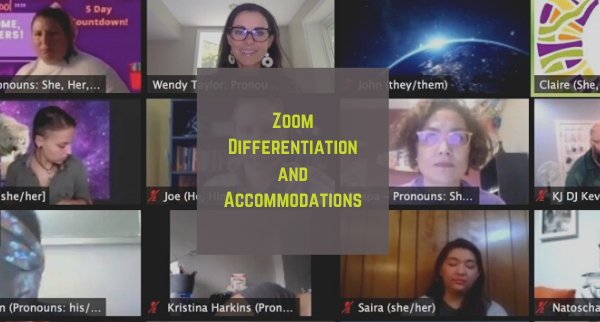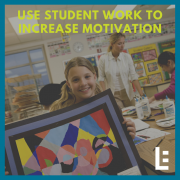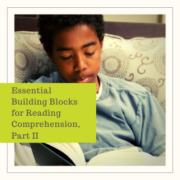Zoom Differentiation and Accommodations
Virtual learning certainly has its challenges, especially when it comes to differentiating in the virtual classroom. For students with special education accommodations, teachers will need to get creative in order to account for every student’s unique needs and optimize learning opportunities. Thankfully, there are strategies and methods for providing special education accommodations in Zoom—we just need to think outside the box and modify what each accommodation looks like in the virtual realm.
Zoom Chat: Since we are no longer physically in the classroom, proximity, prompting, and cueing accommodations pose a bit of a challenge for instructors. Yet, nothing has changed in terms of the student’s needs. In fact, students who struggle to focus and/or stay on task may need the prompting and proximity accommodations even more now that they are sitting in front of a screen. Online learning does not allow for physical proximity; however, teachers can utilize the chat function to maximize student engagement and provide an alternative form of proximity, prompting, and cueing.
- Reaching out: The Zoom chat can be used to individually reach out to specific students with prompting accommodations to spur participation and to rephrase a question when necessary.
- Clarifying: The chat also allows teachers to check for understanding by providing a platform for asking clarifying questions, follow-up questions, etc.
- Advocating: Teachers should remind students of their chatting capabilities so that students with accommodations can advocate for themselves and speak up when they need assistance.
- Tracking: The chat also acts as a data tracker; teachers can modify their settings in Zoom so that chats are saved. This allows for teachers to review correspondence with students and share questions and check-ins with parents. Teachers can also use saved chats to track the number of times a student initiates a task, asks clarifying questions, responds to polls or exit responses, etc.
- Reminding: Teachers can use the Zoom chat as a method for reminding students of their extended time or reduced workload accommodations as well. This allows teachers to discreetly remind a certain student that his due date is extended without drawing attention to the student’s accommodations in front of the whole class. **Just be certain that, when chatting with specific students about these accommodations, you have selected the student’s name from the dropdown so that the chat remains a private, 1:1 conversation.
Breakout Rooms: The grouping function in Zoom can also be beneficial when ensuring certain special education accommodations are offered. Teachers have the option to manually assign groups, which means that students with special education services can be grouped with a para educator or with other students who have the same accommodations.
- Variance: Teachers should try to avoid always grouping special education students together, however, as to avoid drawing attention to certain small groups or stigmatizing students who need additional support.
- Oversight: Teachers can randomly assign groups using the “automatic” option when creating breakout rooms. Then, while students work, the “host” can pop in and out of groups to act as a “check-in” for students with that accommodation.
- Mobility: Teachers can also move the para educator from group to group during breakout room sessions so that every student receives supports throughout the collaborative activity.
- Discretion: Breakout rooms also offer opportunities for differentiation. Teachers can modify assignments and link adapted materials in the chat to send to specific breakout rooms. From the chat link, students can click on the shared Google doc to access the modified material. This function can provide students with resources such as word banks, sentence starters, outlines, graphic organizers, glossaries, etc. The key is that each student who receives these accommodations will have access in a discreet manner and can choose to use the materials as needed.







